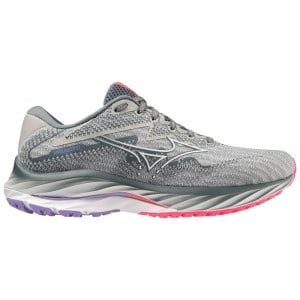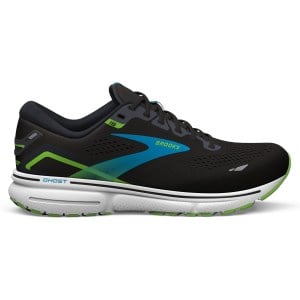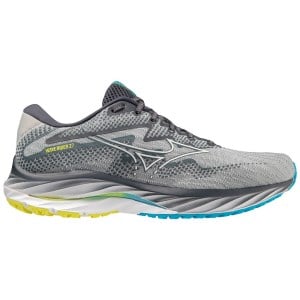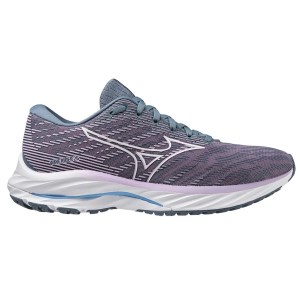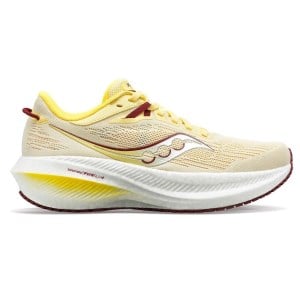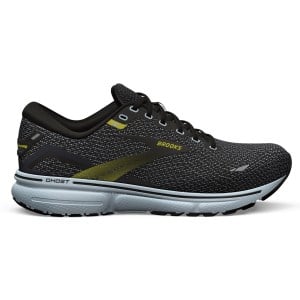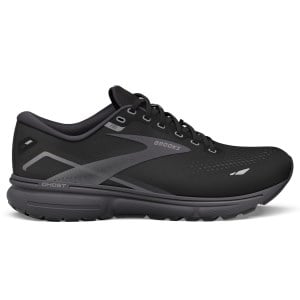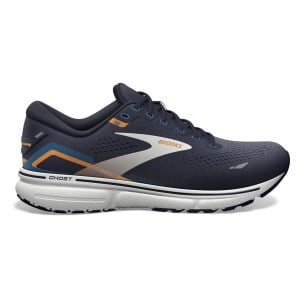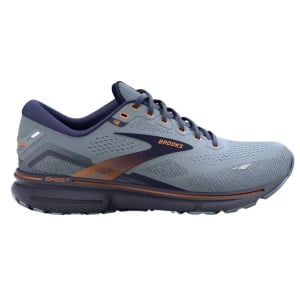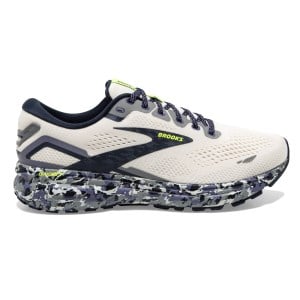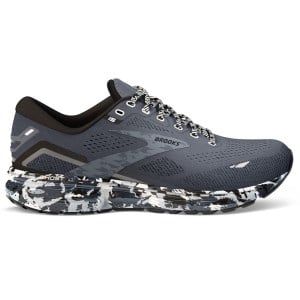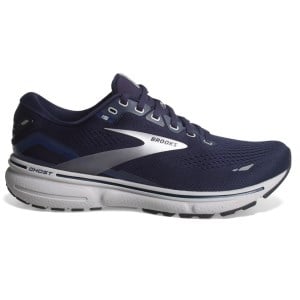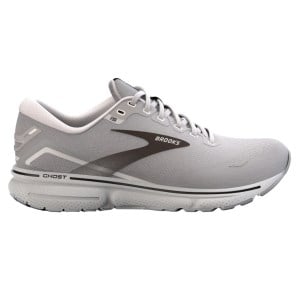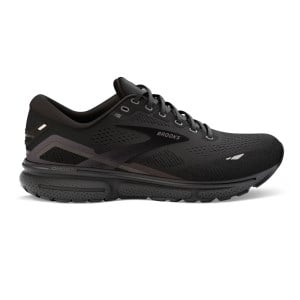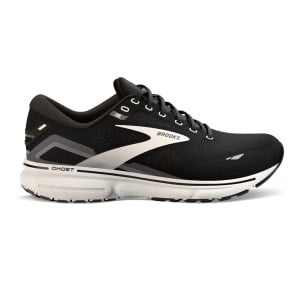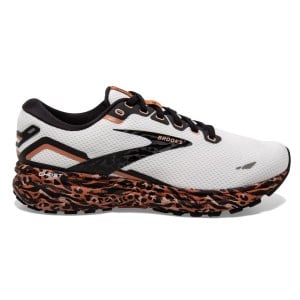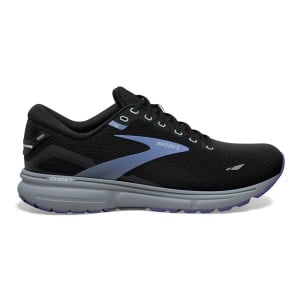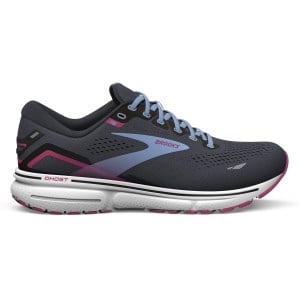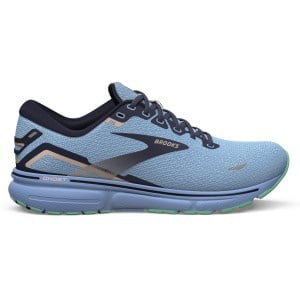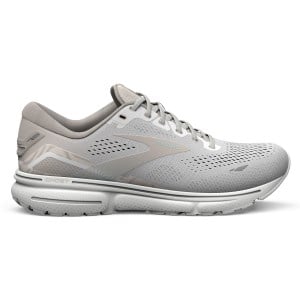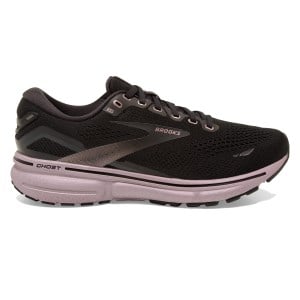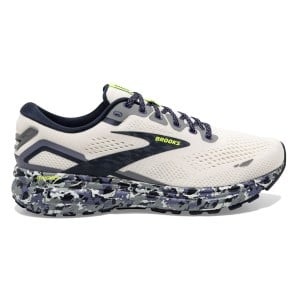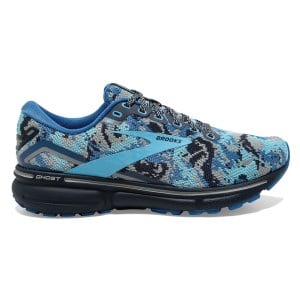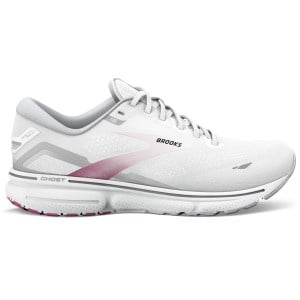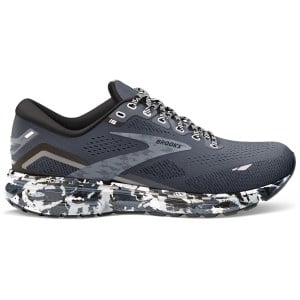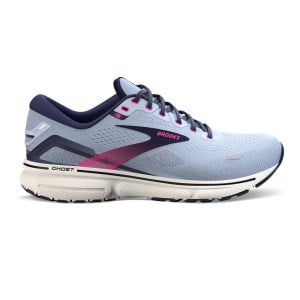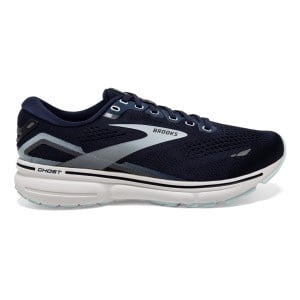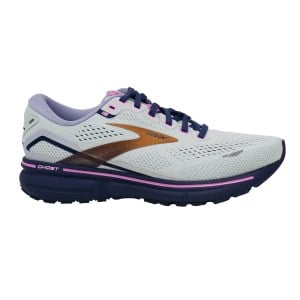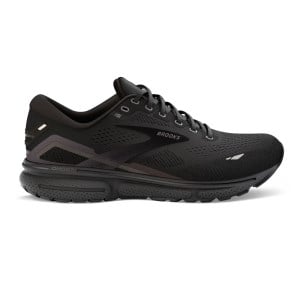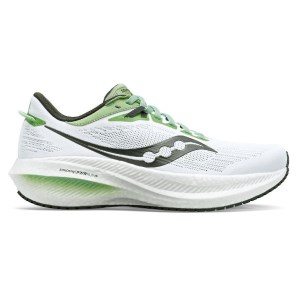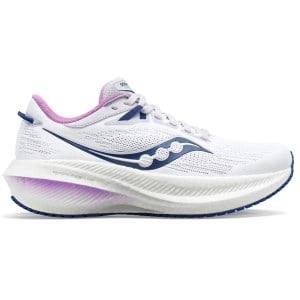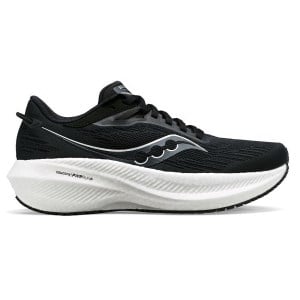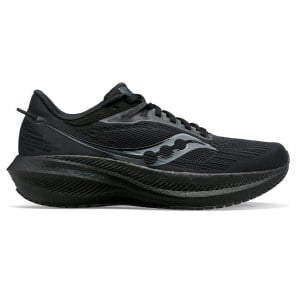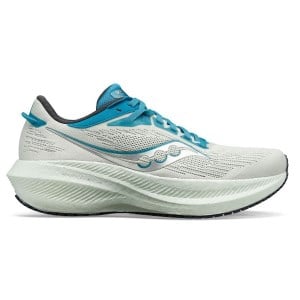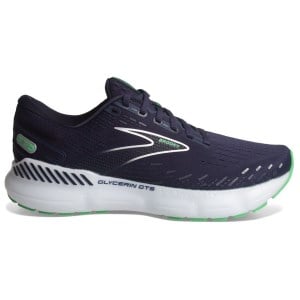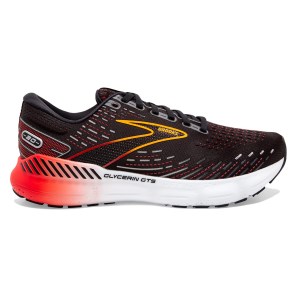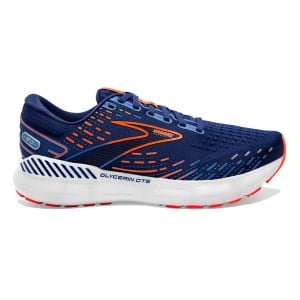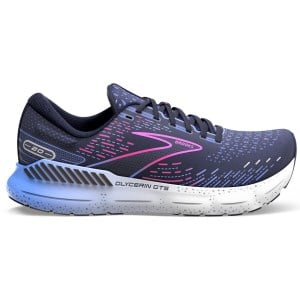Everything You Need To Know About 10mm+ Drop Running Shoes
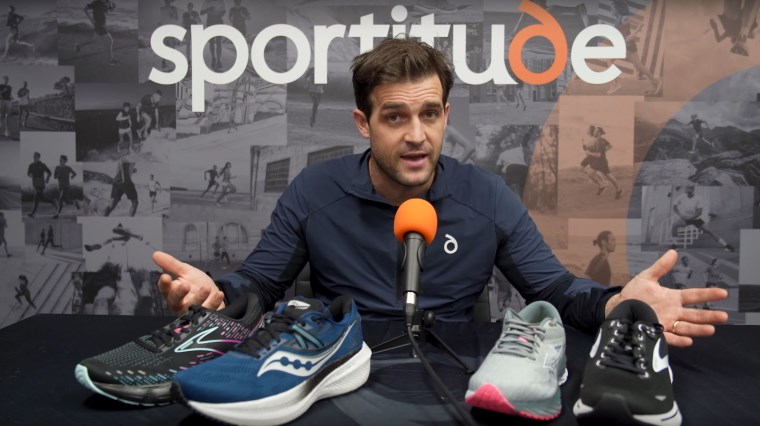
Does a high drop shoe belong in your running shoe rotation? In this final instalment of the running shoe heel-to-toe drop series, Sportitude Running shoe expert Josh talks everything 10mm+ drop running shoes to give you the answers you need to make an informed shoe selection.
This statistic on paper can influence the feel of your running shoes and your experience on the road. Josh weighs in on the conversation by providing a comparative look at two 12mm drop running shoes, the Brooks Ghost 15 and Mizuno Wave Rider 27, and two 10mm drop running shoes, the Saucony Triumph 21 and the Brooks Glycerin GTS 20.
The high drop shoe category caters to heel striking runners and walkers, providing additional protection in the high-impact zone of the heel and reducing the stress acting on your lower leg such as your calf and Achilles.
Josh also provides a brief overview of the history of the 10-12mm heel-to-toe drop in running shoes and how this category has evolved with modern engineering features and midsole densities to enhance your comfort and performance.
For more insight into the world of shoe drops, Josh has shared his expertise on how shoe drop and stack height are measured, 0-4mm drop running shoes and 5-9mm drop running shoes to guide you from heel-to-toe.
Check out the video with full transcript below.
Hey guys, Josh here from Sportitude Running. Today we're going to be taking a deep dive look into a category of running shoes which exists in the market right now. We're going to be talking about all things 10mm to 12mm heel-to-toe drop.
For a little bit more information on how brands measure stack height and what heel-to-toe drop actually means, head across to What Is Shoe Drop & Stack Height? to get a broader understanding.
In today's video we're going to be addressing the 10-12mm heel-to-toe offset, profile the runners that would be considering this category and give you an understanding of why brands are still manufacturing shoes in this space. We hope to answer all those questions you might have at home so without further ado, let's get stuck in.
Runner Profile: Heel Striker
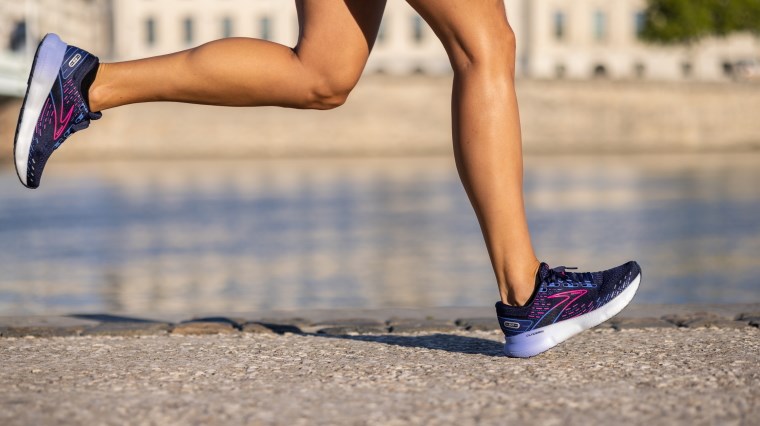
When should we look at this category of 10-12mm heel-to-toe drop shoes? It's talking to the majority of runners out there who heel strike. To give you some context, around 70% to 75% of runners make contact with the ground heel first.
For someone who is looking to take a little bit of load off of their lower calf and Achilles, we'll probably start the shoe drop conversation in this space – whether it be it your 12mm heel-to-toe drop from a Brooks Ghost and a Mizuno Wave Rider, or a 10mm heel-to-toe drop from a Saucony Triumph and a Brooks Glycerin.
However, for some runners who are looking to take a bit of load off that forefoot, we may introduce them to the Hoka Bondi, New Balance Fresh Foam More, Hoka Clifton and also the Saucony Endorphin Shift.
12mm Heel-To-Toe Drop: Brooks Ghost 15 & Mizuno Wave Rider 27
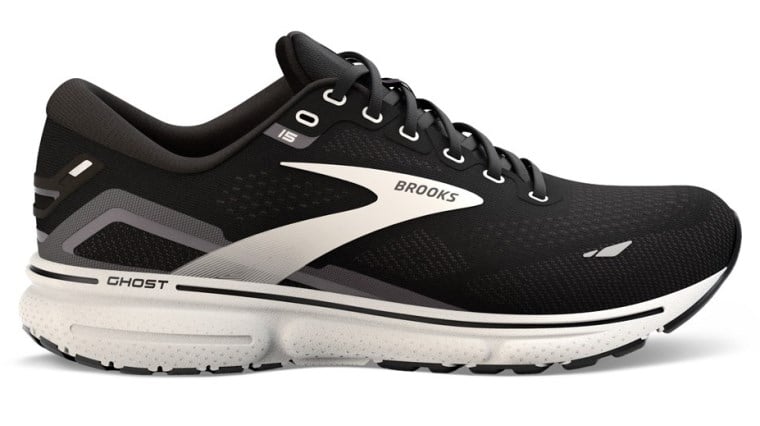
An additional 2mm (going from a 10mm drop shoe to a 12mm drop shoe) is not a lot of difference in the gradient between heel to the forefoot, and some would probably say it’s next to nothing. That's a fair comment.
The Brooks Ghost 15 (above) and the Mizuno Wave Rider 27 could not feel more identical if they tried. When I say identical, I’m talking about the 12mm heel-to-toe offset. Obviously, there's differences in comfort and weight but in terms of the static pitch heel-to-toe drop, they feel so similar it's not funny.
-
Brooks Ghost 15 - Mens Running Shoes
-
Mizuno Wave Rider 27 - Mens Running Shoes
-
Mizuno Wave Rider 26 - Womens Running Shoes
10mm Heel-To-Toe Drop: Saucony Triumph 21 & Brooks Glycerin GTS 20
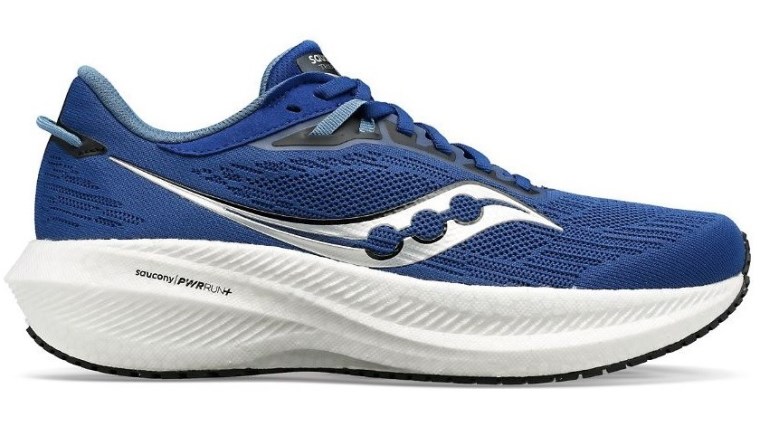
Coming over to the 10mm heel-to-toe drop with the Saucony Triumph 21 and the Brooks Glycerin GTS 20, these running shoes do feel different statically. With Saucony's density of foam in their cushioning system being the PWRRUN+, you'll notice that the running shoe will sink a little bit more into the midsole.
Therefore, it probably feels a little bit more like an 8mm heel-to-toe drop. That's a good thing because where this running shoe has come from historically, Saucony have not played in anything above 8mm heel-to-toe drops for best part of a decade plus.
For them to execute a 10mm offset, there was a few people that were quite cautious, thinking ‘Oh that's a big change for Saucony, why are they doing that?’. Well, they can do it. They can execute it in a way that actually performs like an 8mm heel-to-toe drop and that's exactly what they have achieved with that midsole.
What's The Best Heel-To-Toe Drop For Walkers?
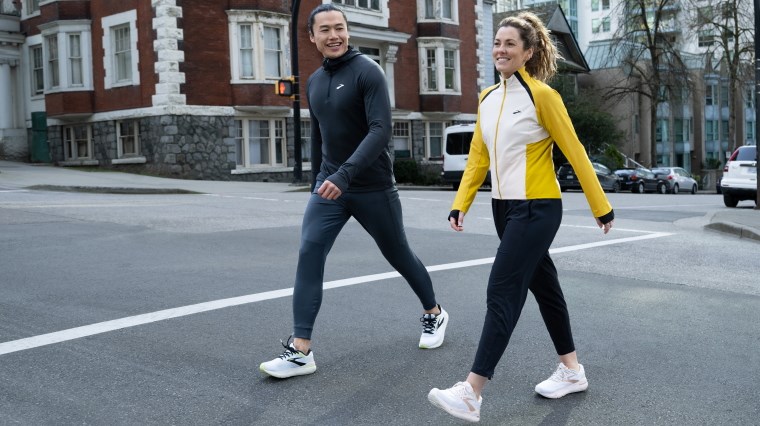
Let's dial back to the heel striker point in the conversation, where 70 to 75% of runners make contact with the ground heel first. I need to point out that heel striking is also relevant to the walking community.
While Sportitude Running exists to cater for you the running community, we have a significant amount of our customers come through the door who are looking for comfortable walking shoes and that is brilliant. We don't care if you're walking, you're jogging or you're sprinting, if you're out there moving it's fantastic.
When you are walking you are making your first point of contact with the ground on your heel first, a little bit more centrally to what runners do at the lateral point of entry through the back of the shoe.
Therefore, a running shoe which has a 10-12mm offset is absolutely ideal for a walker who's looking for a comfortable, lightweight, breathable walking shoe, but doesn't necessarily require a lot of compression on entry which is what most runners are looking for. They're looking for that soft point of entry.
For walkers who are coming into our store, this is where we start our conversations and we go from there. Sometimes we end up in running shoes that offer a rocker to take stress off the forefoot, but the 10-12mm category is often where we begin.
10-12mm Heel-To-Toe Drop History
Thank you for tuning in to our brief summary of running shoes that play in the 10mm heel-to-toe drop and the 12mm heel-to-toe drop category for the running community.
Going back to about 1975, this is where most mileage shoes started. Brands were executing running shoes in and around that 10mm heel-to-toe drop. They hadn't really played around with too much densities of foam back then, it was pretty simple how running shoes were made.
Fast track to the '80s and the '90s, brands started to get a bit funky with what they were executing with their midsole. Nike brought out Air and Asics went hard with their Gel technologies. They were really playing with their midsole compounds and how they produce an optimal outcome of cushioning. They did that on that 10mm heel-to-toe drop because that was a safe offering for the running manufacturers.
Fast track to where we are today, there is so much more going on. Rocker shoes, carbon plate running shoes and carbon rods - there's a lot of different engineering features coming into the conversation. We've reversed right back to where it all pretty much started in the mid-70s when the jogging boom hit the world like a storm.
The Wrap Up
If you have any questions in and around what we've discussed, please contact our Sportitude shoe experts. I hope it's been of value to you the running community. We like to help you with your shoe selections, it's a vitally important part of your running enjoyment.
If you want to know a little bit more about 0-4mm drop running shoes or 5-9mm drop running shoes, check out that on the Sportitude blog or the Sportitude YouTube channel.
Subscribe to the Sportitude YouTube channel to stay notified and you'll find all sorts of fun videos in reference to running shoe selection.
Until next time stay safe, be kind to one another, happy running and we'll see you on the road. Take care.
For a more in-depth shoe fitting experience, you can book a free 15 minute video chat in a Live Fit session or make an appointment to discover your RunDNA at Sportitude Running@Hindmarsh.
Follow Sportitude Running at:
Instagram: sportitude.running
If you liked this, you'll love:
Everything You Need To Know About 0-4mm Drop Running Shoes
Everything You Need To Know About 5-9mm Drop Running Shoes
A Runner's Guide: What Is Shoe Drop & Stack Height?
-
Brooks Ghost 15 Knit - Mens Running Shoes
-
Brooks Ghost 15 GTX - Mens Running Shoes
-
Brooks Ghost 15 - Mens Running Shoes
-
Brooks Ghost 15 - Mens Running Shoes
-
Brooks Ghost 15 - Mens Running Shoes
-
Brooks Ghost 15 - Mens Running Shoes
-
Brooks Ghost 15 - Mens Running Shoes
-
Brooks Ghost 15 - Mens Running Shoes
-
Brooks Ghost 15 - Mens Running Shoes
-
Brooks Ghost 15 - Mens Running Shoes
-
Brooks Ghost 15 - Mens Running Shoes
-
Brooks Ghost 15 - Womens Running Shoes
-
Brooks Ghost 15 Knit - Womens Running Shoes
-
Brooks Ghost 15 - Womens Running Shoes
-
Brooks Ghost 15 Knit - Womens Running Shoes
-
Brooks Ghost 15 - Womens Running Shoes
-
Brooks Ghost 15 - Womens Running Shoes
-
Brooks Ghost 15 - Womens Running Shoes
-
Brooks Ghost 15 - Womens Running Shoes
-
Brooks Ghost 15 - Womens Running Shoes
-
Brooks Ghost 15 - Womens Running Shoes
-
Brooks Ghost 15 - Womens Running Shoes
-
Brooks Ghost 15 - Womens Running Shoes
-
Brooks Ghost 15 - Womens Running Shoes
-
Brooks Ghost 15 - Womens Running Shoes

